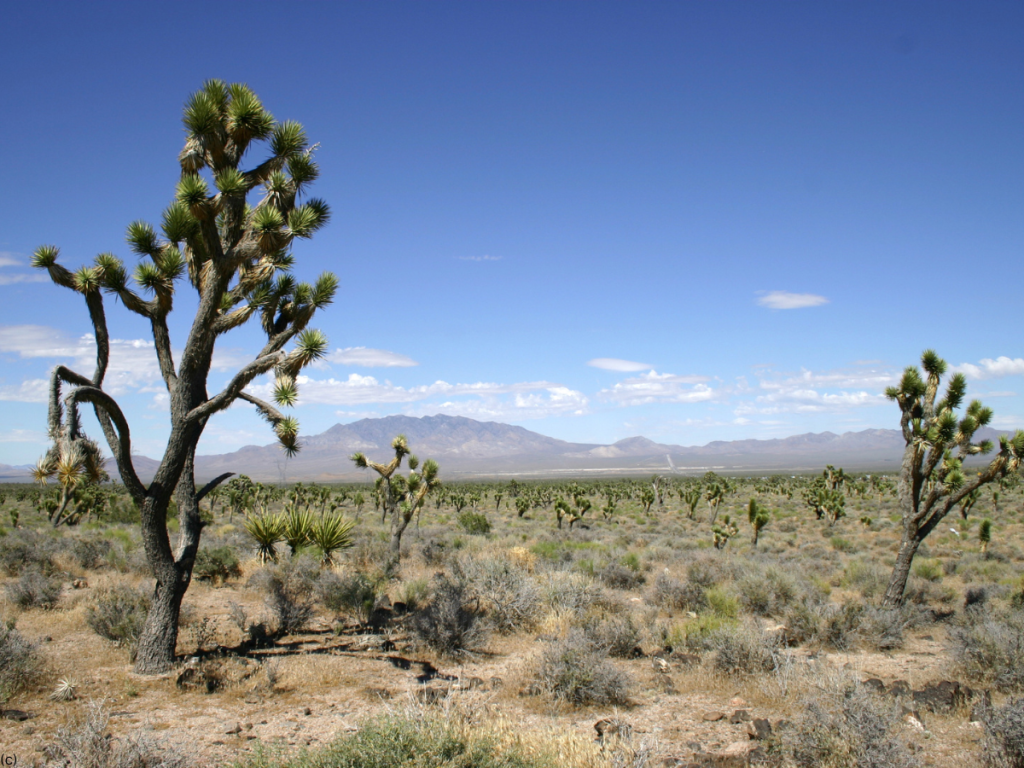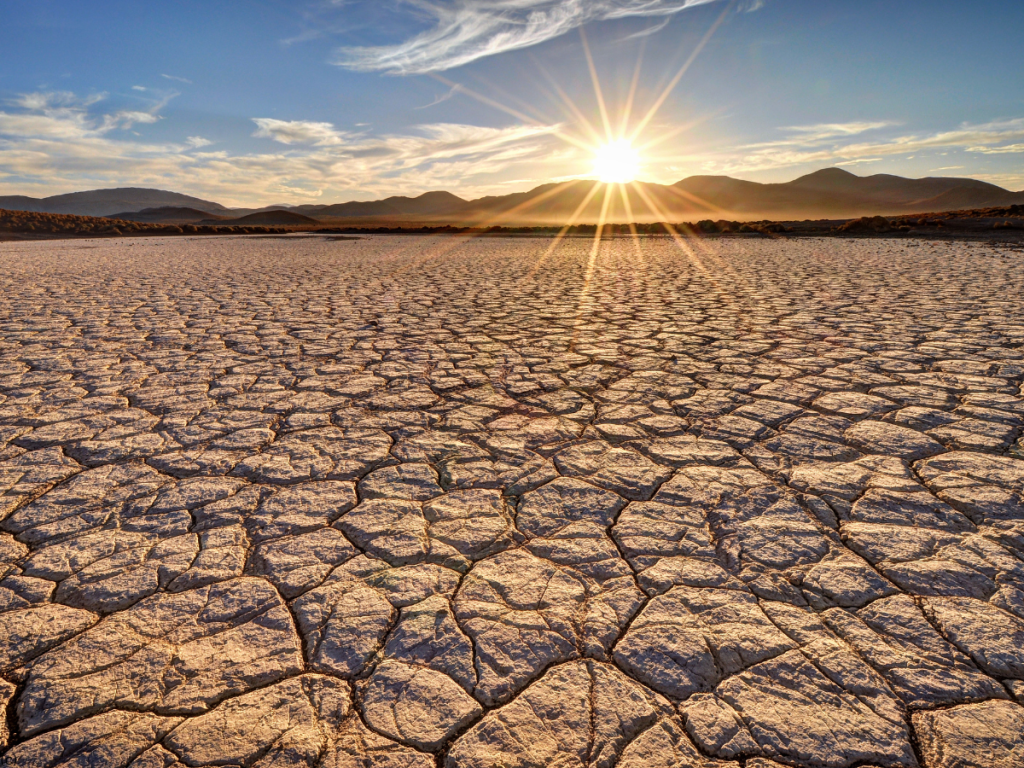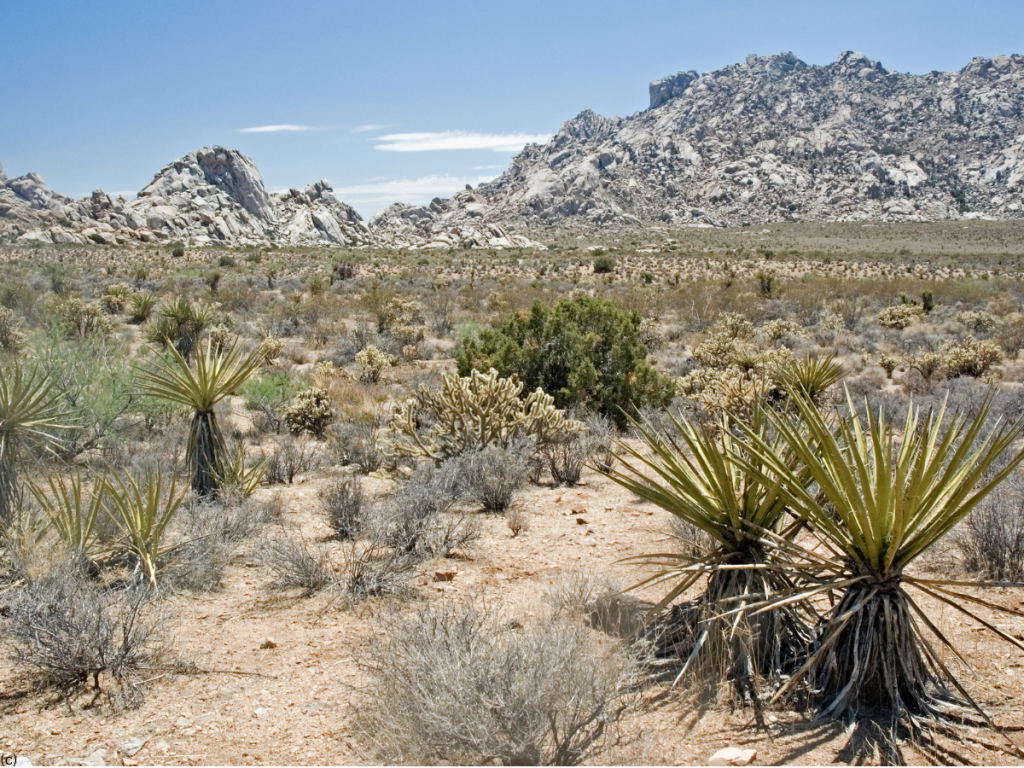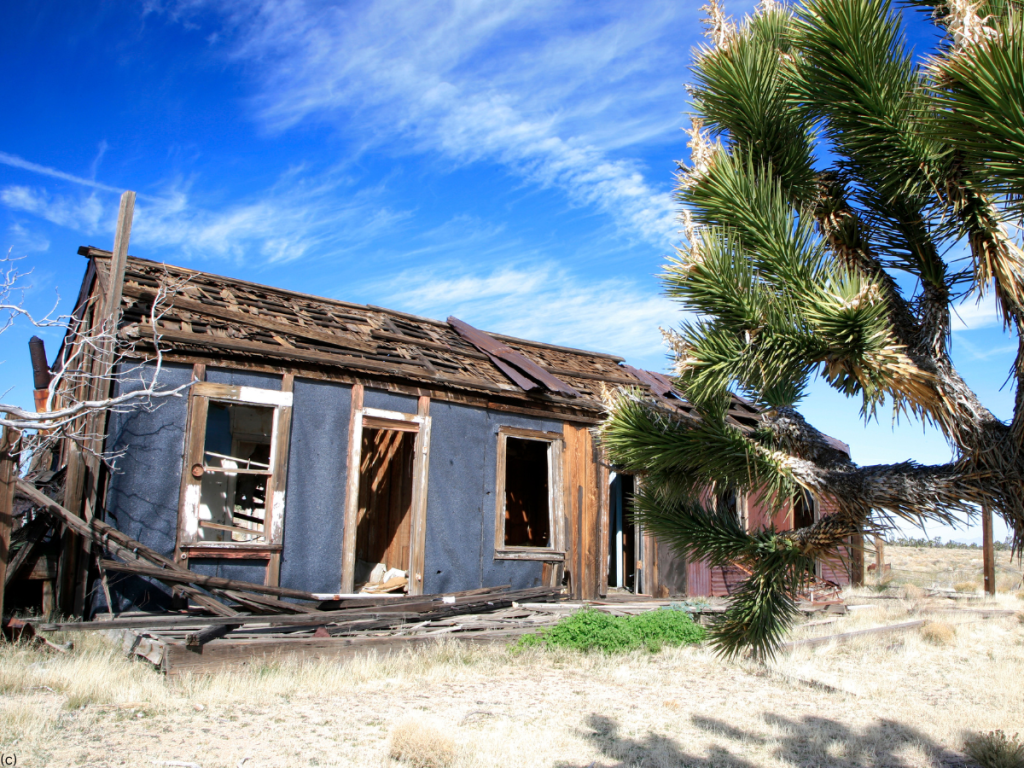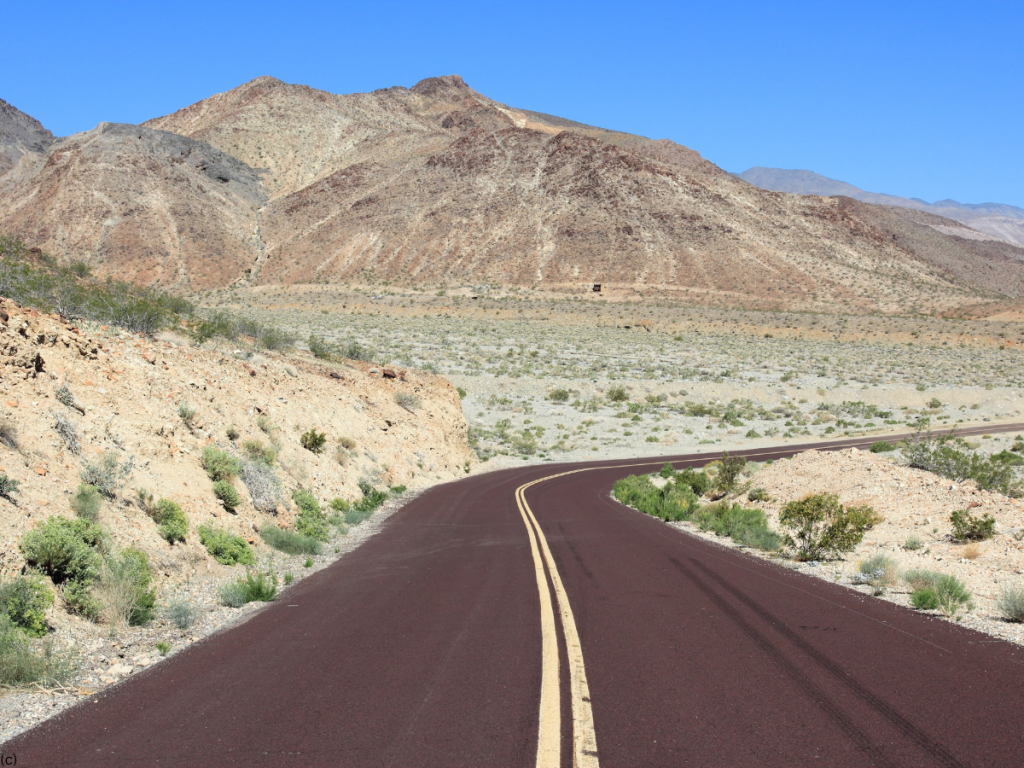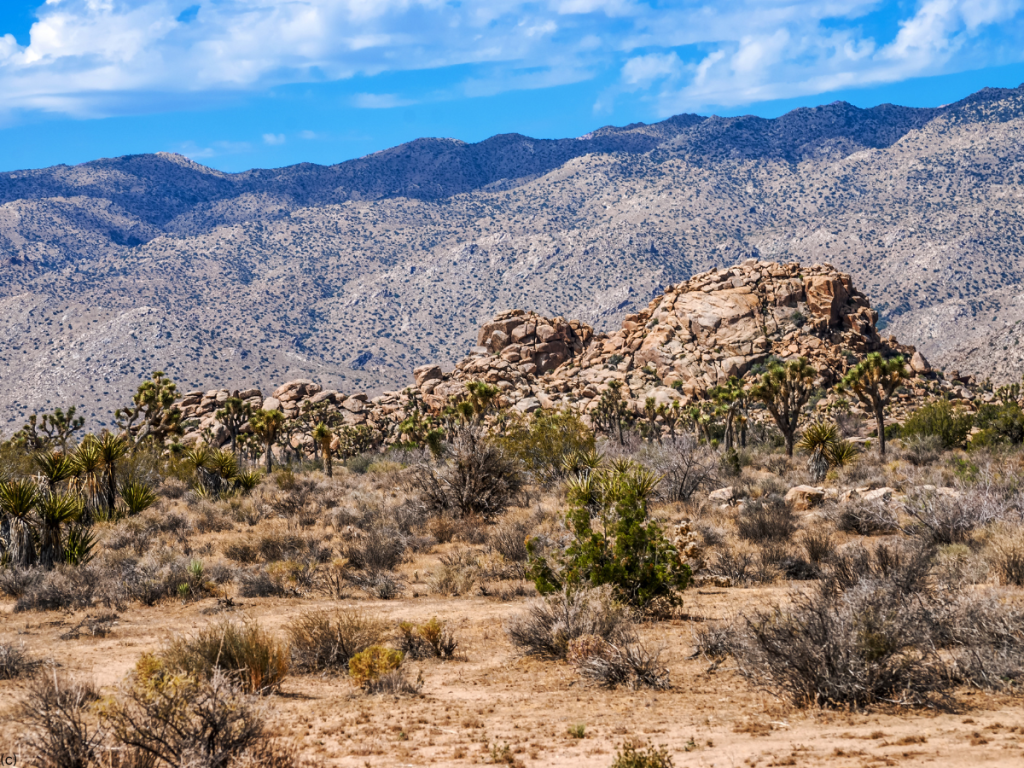
The Mojave Desert is a landscape of stark beauty and extremes, where the unforgiving sun casts long shadows over towering sand dunes, rugged mountains, and vast, empty plains. Covering approximately 47,877 square miles across California, Nevada, Arizona, and Utah, the Mojave is the smallest of North America’s four deserts but arguably the most diverse and captivating.
From the iconic Joshua trees to ancient lava fields, and from abandoned ghost towns to serene desert oases, the Mojave Desert offers a wealth of experiences for those willing to venture into its arid embrace. Whether you’re an avid adventurer, a nature lover, or simply curious about this unique environment, this guide will help you navigate the wonders of the Mojave Desert, offering tips, insights, and must-see destinations.
The Unique Ecosystem of the Mojave Desert
The Mojave Desert is often described as a “high desert” due to its elevation, which typically ranges between 2,000 and 5,000 feet. This elevation contributes to the Mojave’s distinct climate, characterized by hot, dry summers and cool winters. Rainfall is scarce, averaging only 2 to 5 inches per year, making the Mojave one of the driest places in North America.
Despite its harsh conditions, the Mojave Desert is home to a surprisingly rich ecosystem. The desert’s signature plant is the Joshua tree (Yucca brevifolia), which is found nowhere else on Earth. These ancient, twisted trees are a symbol of the Mojave and are most abundant in Joshua Tree National Park. Other notable plant species include creosote bush, cholla cactus, and Mojave yucca.
Wildlife in the Mojave is just as diverse, with species specially adapted to the desert’s extreme conditions. You might spot desert tortoises, bighorn sheep, and the elusive kit fox, as well as a variety of reptiles like the Mojave rattlesnake. Birdwatchers will find a surprising number of species, including roadrunners, golden eagles, and burrowing owls.
Joshua Tree National Park: A Desert Wonderland
Joshua Tree National Park is perhaps the most famous destination within the Mojave Desert, drawing over 2 million visitors annually. The park is named after the distinctive Joshua trees that dot its landscape, but its appeal extends far beyond these unique plants. The park spans nearly 800,000 acres and straddles the Mojave and Colorado Deserts, offering a variety of landscapes from rugged mountains to vast open plains.
One of the park’s most popular activities is rock climbing. Joshua Tree is a world-renowned climbing destination, with over 8,000 established climbing routes. The park’s massive granite boulders and rock formations provide challenges for climbers of all skill levels. Hidden Valley and Echo Cove are particularly popular climbing areas.
Hiking is another favorite activity, with trails ranging from easy nature walks to strenuous backcountry routes. The Hidden Valley Trail is a great introduction to the park, offering a 1-mile loop through a scenic, enclosed valley that was once rumored to be a hideout for cattle rustlers. For those looking for more of a challenge, the Ryan Mountain Trail provides a steep 3-mile round trip hike to one of the highest points in the park, offering panoramic views of the surrounding desert.
For a quieter experience, consider visiting Cholla Cactus Garden during sunrise or sunset. This dense concentration of cholla cacti, also known as “jumping cholla” due to their tendency to stick to anything that brushes against them, is particularly striking when backlit by the low sun.
If you visit in the spring, you might be treated to a desert wildflower bloom. Depending on rainfall and temperatures, the park can explode with color as flowers like desert marigold, beavertail cactus, and Mojave aster come into bloom.
Death Valley National Park: A Land of Extremes
No exploration of the Mojave Desert would be complete without a visit to Death Valley National Park. Known as the hottest, driest, and lowest national park in the United States, Death Valley is a land of extremes that must be experienced to be believed.
At 282 feet below sea level, Badwater Basin is the lowest point in North America. The basin’s vast salt flats stretch out as far as the eye can see, creating an otherworldly landscape. Despite its desolate appearance, Badwater Basin is a hub of life, with unique plant and animal species adapted to its harsh environment.
For a complete contrast, head to Dante’s View, perched at over 5,000 feet above the valley floor. From this vantage point, you can take in sweeping views of the valley below and the Panamint Mountains in the distance. The temperature difference between the valley floor and Dante’s View can be as much as 30 degrees, providing a cool respite from the heat.
One of Death Valley’s most famous features is Zabriskie Point, a popular sunrise and sunset spot. The eroded badlands here display a stunning array of colors, from deep ochres to golden yellows, creating a surreal landscape that has inspired artists and photographers for generations.
For those interested in geology, Artist’s Palette is a must-see. This area of the park is named for the vibrant colors of the hills, which are caused by the oxidation of various metals in the rock. A drive along Artist’s Drive, a 9-mile scenic loop, offers some of the best views of this colorful landscape.
Despite its name, Death Valley is not devoid of life. In fact, the park is home to a variety of plant and animal species, many of which are found nowhere else. Spring brings a surprising display of wildflowers, particularly in years with good rainfall. Animals like bighorn sheep, kangaroo rats, and coyotes are commonly seen, while birdwatchers can spot species such as the Phainopepla and the LeConte’s thrasher.
Mojave National Preserve: A Hidden Gem
For those seeking a more off-the-beaten-path experience, Mojave National Preserve is a hidden gem within the Mojave Desert. Spanning 1.6 million acres, the preserve offers a mix of desert landscapes, from towering sand dunes to volcanic cinder cones and Joshua tree forests.
One of the preserve’s most striking features is the Kelso Dunes, the largest sand dunes in the Mojave Desert. These dunes rise up to 650 feet and offer a challenging but rewarding hike to the summit. On windy days, you can hear the dunes “sing,” a phenomenon caused by the movement of sand creating a low, rumbling sound.
The Mojave Road, a historic wagon trail that runs through the preserve, is a popular route for off-road enthusiasts. This 130-mile-long route follows the path of Native American trade routes and early European explorers, offering a journey through the heart of the Mojave Desert. Along the way, you’ll encounter a variety of landscapes, from the dry lake beds of Soda Lake to the dense Joshua tree forests near Cima Dome.
Another highlight of the preserve is the Hole-in-the-Wall area, named for the unique rock formations created by ancient volcanic activity. The Rings Loop Trail is a short but exciting hike that takes you through narrow canyons and up metal rings embedded in the rock, offering a fun and challenging experience for hikers.
The preserve is also home to several historic sites, including the Kelso Depot, a beautifully restored train station that now serves as the visitor center. The depot offers exhibits on the history of the area, as well as information on the preserve’s natural and cultural resources.
Exploring the Ghost Towns of the Mojave
The Mojave Desert is dotted with ghost towns, remnants of the region’s mining boom in the late 19th and early 20th centuries. These abandoned settlements offer a fascinating glimpse into the history of the American West and the lives of those who once called this harsh environment home.
Calico Ghost Town, located near Barstow, California, is one of the most famous ghost towns in the Mojave. Founded in 1881 during the silver mining boom, Calico once had over 500 mines and a population of around 1,200 people. Today, the town has been partially restored as a tourist attraction, with shops, restaurants, and exhibits that recreate the atmosphere of a Wild West mining town.
For a more authentic ghost town experience, visit Rhyolite in Nevada. Once a thriving gold mining town with a population of over 10,000, Rhyolite was abandoned by 1920 after the gold ran out. Today, the town is a collection of crumbling ruins, including the iconic Bottle House, a structure made entirely out of glass bottles, and the remains of the town’s train depot and bank.
Ballarat, located in the Panamint Valley, is another intriguing ghost town. Unlike Calico, Ballarat has not been restored, and its remaining buildings are in various states of decay. The town served as a supply hub for nearby mines and was once home to the infamous Charles Manson and his followers. Today, Ballarat is a quiet and eerie place, with little more than a few dilapidated structures and an old jailhouse.
These ghost towns, along with countless other abandoned mines and settlements scattered across the Mojave, provide a hauntingly beautiful backdrop for exploration and photography.
Practical Tips for Visiting the Mojave Desert
Visiting the Mojave Desert requires some preparation, especially if you plan to explore remote areas or visit during the summer months. Here are some practical tips to help you make the most of your trip:
- Plan Ahead: The Mojave Desert is vast, and distances between attractions can be considerable. Make sure to plan your route in advance and check the availability of services such as gas stations, food, and accommodations. Cell phone reception can be spotty in remote areas, so it’s wise to have a physical map or GPS device.
- Stay Hydrated: The desert environment is extremely dry, and dehydration can be a serious risk, especially in the summer. Always carry plenty of water—at least one gallon per person per day—and drink regularly, even if you don’t feel thirsty.
- Protect Yourself from the Sun: The sun in the Mojave Desert can be intense, so it’s essential to wear sunscreen, a wide-brimmed hat, and sunglasses. Lightweight, long-sleeved clothing can also help protect your skin from the sun’s rays.
- Watch for Wildlife: While encountering wildlife can be one of the highlights of visiting the Mojave, it’s important to observe animals from a distance and never approach or feed them. Be aware of snakes, especially during the warmer months, and always watch where you step.
- Leave No Trace: The Mojave Desert is a fragile environment, and it’s important to minimize your impact. Pack out all trash, stay on designated trails, and avoid disturbing plants or wildlife. If you’re camping, follow Leave No Trace principles to protect the desert ecosystem.
- Be Prepared for Emergencies: The remote nature of many parts of the Mojave Desert means that help can be far away if something goes wrong. Make sure your vehicle is in good condition, carry a spare tire and basic tools, and let someone know your itinerary and expected return time.
- Visit in the Cooler Months: The best time to visit the Mojave Desert is in the cooler months, from late fall to early spring. During these times, daytime temperatures are more comfortable, and you’ll avoid the extreme heat of summer. If you do visit in the summer, plan outdoor activities for the early morning or late evening, and avoid strenuous activity during the hottest part of the day.
The Mojave Desert is a place of contradictions—simultaneously harsh and inviting, barren and teeming with life, desolate and filled with stories. Whether you’re hiking among the Joshua trees in Joshua Tree National Park, exploring the eerie landscapes of Death Valley, or discovering the hidden corners of Mojave National Preserve, this desert offers a journey like no other.
The Mojave Desert invites exploration and reflection, offering a profound connection to the natural world and a deep appreciation for the resilience of life in one of the planet’s most challenging environments. So pack your water, sunscreen, and sense of adventure, and set out to discover the wonders of the Mojave Desert. It’s an experience you won’t soon forget.
